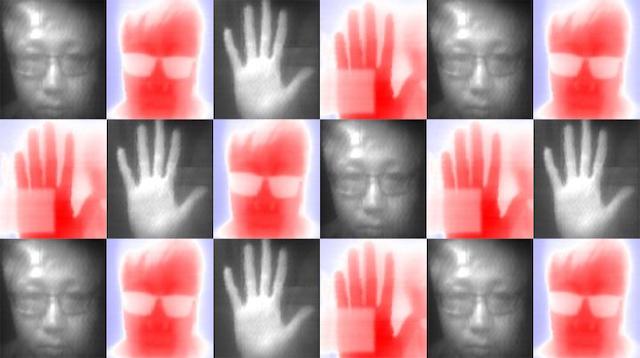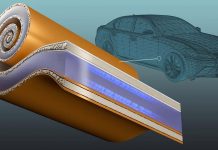
In a new study, researchers made a breakthrough in developing high-quality infrared cameras at a lower cost.
Their finding may one day lead to much more cost-effective infrared cameras.
The research was conducted by scientists from the University of Chicago.
Infrared cameras can pick up the secret light out of the range of human eyes. They are used to observe how plants photosynthesize, cool stars burn and batteries get hot.
It also can detect heat signatures from living beings and see through fog or haze.
Previous studies have shown that producing such cameras is much more expensive in time and materials than producing visible-light ones.
This is because the energy of infrared light is smaller than visible light, which makes it harder to capture.
Currently, infrared cameras are usually made by successively laying down multiple layers of semiconductors.
This a tricky and error-prone process and makes it hard to be commercialized.
In the current study, the team used quantum dots and tuned them to pick up wavelengths of infrared light.
Quantum dots are tiny nanoparticles just a few nanometers in size.
This ‘tunability’ can pick up different parts of the infrared spectrum and is important for cameras.
In the study, the team tweaked the quantum dots to detect short-wave infrared and mid-wave infrared and put them together on top of a silicon wafer.
The researchers found this way is much faster and offers excellent performance to produce infrared cameras.
The team hopes their findings can make infrared cameras be used on common consumer electronics like phones.
It may also help autonomous vehicles see their surroundings more accurately.
The researchers are excited about the potential commercial impact of their findings.
The lead author of the study is postdoctoral researcher Xin Tang.
The study is published in Nature Photonics.
Copyright © 2019 Knowridge Science Report. All rights reserved.



